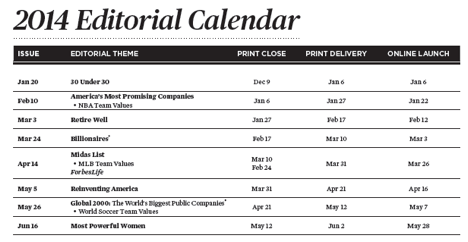I’ve talked a lot about Twitter, LinkedIn, SEO and SMO, and all sorts of social media related jazz, but today I’d like to introduce you to an old steadfast friend: Blogging.
Blogging is now and always will be a huge piece of your social media presence.
Blog posts are your foundational content that is always “out there”, can always be “found”, and even years later have the greatest potential, over any other social media platform, to drive prospective clients your way when they happen upon a post you wrote sharing business strategies years ago.
Twitter Feed, LinkedIn Activity, and Facebook Newsfeed are all moving fast. These platforms are made up of digestible content that speaks quickly to your audience for them to click and consume, or perhaps let it flow by. Not so with blogging.
Blogging is where you really tell your story, share your expertise, and build trust that you really do know what you know.
There isn’t a stream of blog content moving at the speed of light that your people might see (if shared at the right time) or miss (if not). All your blog posts sit happily waiting for the keywords mentioned, the title or tags to pop up, or website link clicked to take that person, your potential client, on to view your words of wisdom.
Regular blogging, at least 4 times a month or once a week:
- is a gold mine of content for most of your social media posts
- gives you a solid online presence
- creates consistency in your marketing.
Your followers will start to expect, and rely on, you and your blogs as a regular go-to resource for them to use.
But four times a month can be difficult to say the least especially when we are talking about 500-800 word posts, sometimes reaching for 2000 words (research has shown these uber lengthy posts oftentimes gain the most shares), filled with appropriate keywords, tags, photos, links and more. I agree with you it can be quite the endeavor.
To make this monumental task easier, I use an editorial calendar.
I will walk you through this process step-by-step to help you create one of your own.
First, open excel or numbers or any application that will allow you easily create a table.
In the left hand column I’d like you to place the date. If you have a VA assisting you, you might want to have three sections: author name, due date, publish date.
Example:

The row across the top will contain columns labeled:
- Topic/Title
- Content/Details/or Summary (of the main idea)
- Keywords (specific words you will use in the body that are related to your post topic and most often searched by your future customers)
- Target Person (who are you speaking to? why do they need to know this?)
- Offer or CTA – Call To Action (what takeaway do you want your reader to have/do?)
- Possible additional columns can be: Category, Items needed, Photos/Graphics to include.
Example:
A. Excel based
To download this free template go to: offers.hubspot.com/blog-editorial-calendar
B. Free form worksheet
To download this free printable template go to: www.blogelevated.com

C. Table/Worksheet combined

To download this example to follow click here.
It’s important to use a mixture of both these ideas, one for brainstorming topics, trends, thoughts, goals, products and events and the other for putting it all together in a cohesive schedule. Remember you also want to capture your service launches, sales, any business related event, in your editorial calendar with a specific blog post timed to publish on an appropriate date just prior.
At first this can seem daunting, but as you get started and gain momentum this process can really start to feel like a “plug and play”!
Try it this week:
- Start with all the ideas that you have wanted to talk about to your tribe.
- Create a bunch of titles and topics – just make one big list!
- Jot down one or two keywords for each topic that you want to be sure to hit.
- Go back and summarize, in a sentence or two, what each topic/title listed will be about.
- Look for patterns and themes, organize those topics that fit together maybe in a theme for the month, or in a specific sequence, or by specific date for an event.
Bit by bit plug in ALL of this information into your new spread sheet. For now you can put tentative publish dates to keep you accountable. But remember, this editorial calendar is supposed to be FLUID. All it will take to rearrange and change, is to copy and paste to a new date/time/month. No muss, no fuss.
Set aside a day or a week to create your plan and believe me in a month you will look back on this and be so glad you did! When you are able to step back and look at your business like this with a bird’s eye view, amazing clarity and action always are the result.
What should you do first? Join my LinkedIn group so when you are creating your calendar you can take a poll from other members on which topics they might like best, which titles or CTAs (Calls to Action) move them the most, or post it to show us because you think it’s pretty! The more feedback the better.
As always, to your success, I can’t wait to hear how it goes.



Thanks for this, it’s been on my list for months. Need to do it!